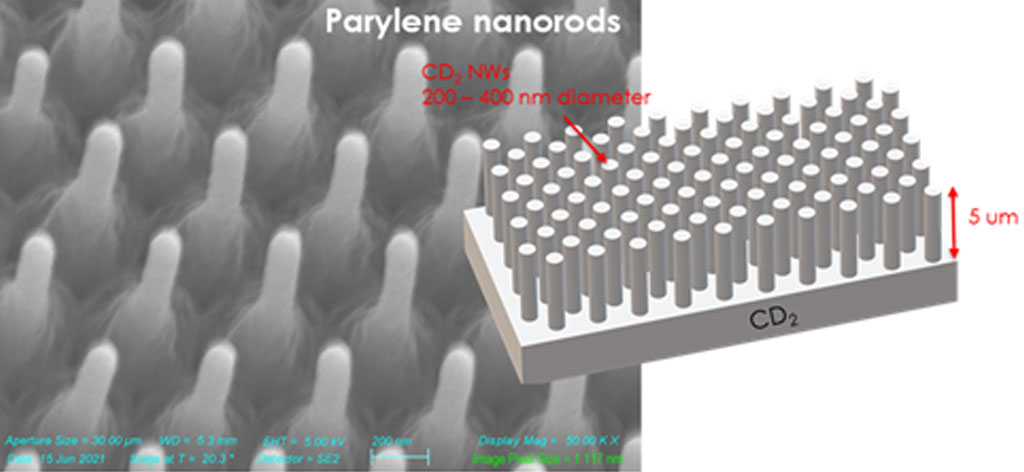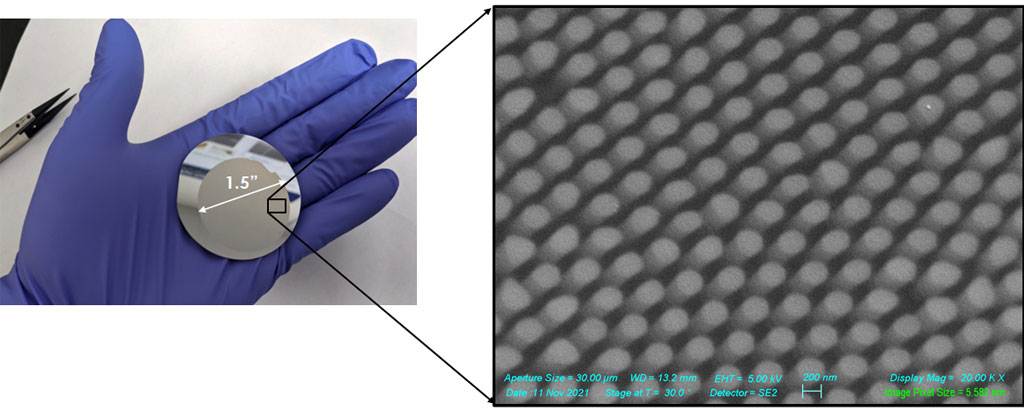Name: Low-Density Materials from Plasma
Our approach to creating novel low density materials, or aerogels from metals is based on the generation of a high pressure metal plasma that is steered towards a substrate that is held in a region of lower pressure. The resulting stream of charged atoms undergoes a phase change forming a narrow beam of nanoparticles. By controlling pressure difference between the two zones as well as the power applied to plasma formation, we are able to control the packing of the nanoparticles as they build up on the substrate. The result is a bulk low density material with features and pore sizes on the nanoscale. This technique has proven to be very useful in creating metal aerogels that are unobtainable by traditional wet chemical methodologies. To date, we have created tungsten, copper, silver and niobium/copper alloys at a fraction of full density without generating one drop of chemical waste. Our attention is now turning towards leveraging these materials in energy storage, water splitting and hydrogen storage applications.

